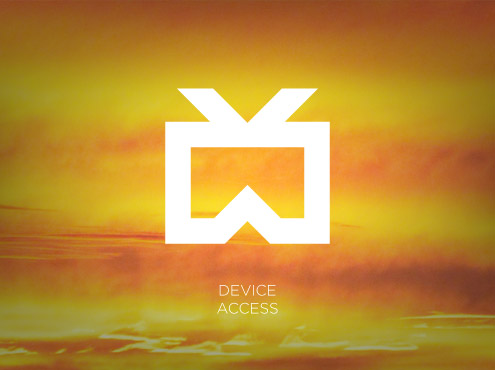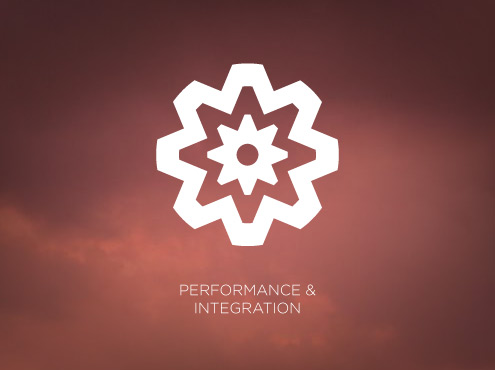 Last week the W3C introduced a new HTML5 logo with accompanying messaging to a mixed reception at best.
Last week the W3C introduced a new HTML5 logo with accompanying messaging to a mixed reception at best.
Jeremy Keith, Bruce Lawson (also on HTML5 Doctor), and I among others were quite critical, in particular of the FAQ, because originally it added to the confusion around HTML5 (e.g. conflating CSS3) wrought by the well-intentioned (but short-sighted) open web marketing efforts from Google, Apple, and Microsoft.
Jeremy, Bruce, myself and others have been fighting hard over the past few years to provide a clear definition, vision, and explanation of HTML5, in blog posts, workshops and even books: (all three of which I highly recommend)
 HTML5 For Web Designers by Jeremy Keith,
HTML5 For Web Designers by Jeremy Keith,
 Introducing HTML5 by Bruce Lawson and Remy Sharp
Introducing HTML5 by Bruce Lawson and Remy Sharp
 HTML5 Now by yours truly.
HTML5 Now by yours truly.
Yet with W3C's first draft HTML5 FAQ, we almost gave up. Almost. But apparently sometimes angry rants can effect change. Sometimes passion works.
Within 24 hours of the last of our posts, W3C updated the FAQ, removed the errant entry, added more clarification, and wrote a follow-up post of their own.
I've been subsequently privately messaged that W3C is listening, which should not be taken to be extraordinary but rather perhaps somehow obscured. This may actually be a sign of changes and increased responsiveness that have been occurring ever since W3C made the historic decision to collaborate with the WHATWG on HTML5 (in contrast to stubbornly pursuing an ill-fated XML-based web). I tend to be an optimist so I'm willing to accept this and continue with constructive feedback with the assumption that it will continue to have an impact, until proven otherwise.
In addition, Ian Jacobs made it clear on the public-html list (where official HTML Working Group communications occur) that W3C is By all means
open to additional suggestions. I'd promised to write up additional suggested edits if they said as much, and so here are a few more.
More Suggestions for W3C's HTML5 Logo Messaging
Regarding the W3C HTML5 Logo FAQ:
The license says I need to attribute my usage or derivative work. Who do I attribute this to?
This work is attributed to the W3C.
I think a more direct call to action, with specific markup would make it easier for eager HTML5 evangelists to do the right thing, e.g.:
Please attribute to: W3C. Suggested markup:
<abbr title="World Wide Web Consortium">W3C</abbr>. If you'd like to hyperlink it, please use http://www.w3.org/ e.g.<a href="http://www.w3.org/"><abbr title="World Wide Web Consortium">W3C</abbr></a>
Update : The FAQ now provides suggested markup.
Regarding the logo home page itself and all the related technology logos:
In particular:
 Offline & Storage
Offline & Storage
currently says:
"HTML5 apps can start faster, and work even if there is no internet connection, thanks to the App Cache, Local Storage, Indexed DB, and the File APIs."
Overall the intention is good here, however I think this is an excellent spot to start using the already well accepted terminology "Web Apps", and then also refer to specifications (which I'd prefer to be hyperlinked, but I would understand not doing so for stylistic reasons), like this:
"Web Apps can start faster and work even if there is no internet connection, thanks to the HTML5 App Cache, as well as the Local Storage, Indexed DB, and the File API specifications."
Update : Fixed!
 Device Access
Device Access
currently says:
"With geo-location just the beginning, HTML5 will help apps to access devices outside of your browser and connected to your computer."
The Geolocation API is not part of HTML5, just like CSS3 is not part of HTML5. In fact, Geolocation is even a Candidate Recommendation, the only of the Web Apps API specifications to make it that far to date.
Thus this description deserves a fairly serious edit:
Beginning with the Geolocation API, Web Applications can present rich, device-aware features and experiences. Incredible device access innovations are being developed and implemented, from audio/video input access to microphones and cameras, to local data such as contacts & events, and even tilt orientation.
Update : Fixed!
 Performance & Integration
Performance & Integration
currently says:
"Make your web app, and the web, faster with a variety of techniques and technologies such as Web Workers and XMLHttpRequest 2. No user shall ever wait on your watch."
Just a minor nit here. This is another good opportunity to re-iterate the "web apps" terminology:
"Make your web apps and dynamic web content faster with a variety of techniques and technologies such as Web Workers and XMLHttpRequest 2. No user should ever wait on your watch."
Update : Fixed! And they've capitalized "Web Apps" as well - emphasizing the explicit use of the phrase.
The Movement
currently says:
"... As adoption and inspiration spreads, the web community will find creative ways to apply HTML5 technologies, spark trends, and capture best practices. ..."
Again, a minor nit. Explicitly including "and related" (first suggested by Jeffrey Zeldman I believe) provides conceptual consistency with the use of "HTML5" to more precisely refer to the specification:
"... As adoption and inspiration spreads, the web community will find creative ways to apply HTML5 and related technologies, spark trends, and capture best practices. ..."
Update : Fixed!
And that's it.
All in all, having reviewed the HTML5 logo messaging and FAQ top to bottom, other than the most egregious description of HTML5 as a bucket (since fixed), an ambiguous reference to a "set of technologies" (soon to be fixed Update 2011-01-26: Fixed!), and the above-mentioned nits/details, there's actually quite a coherent message emerging from W3C. The message is about HTML5, about related technologies like CSS3 & SVG, and about the suite of emerging Web API specifications, all working together to form an Open Web Applications Platform.
Now that's something I can support.
Related Posts
- What is the Open Web? - a good start
- Oslo Addendum: Norwegian Web Interviews - on how well the Norwegian press picked up and understood the "Open Web Apps" terminology - if the Open Web Apps message can survive translation from English to Norwegian (and back), then surely we can make "Open Web Applications Platform" (or just "Web Apps" for short) work in the English tech press as well.

